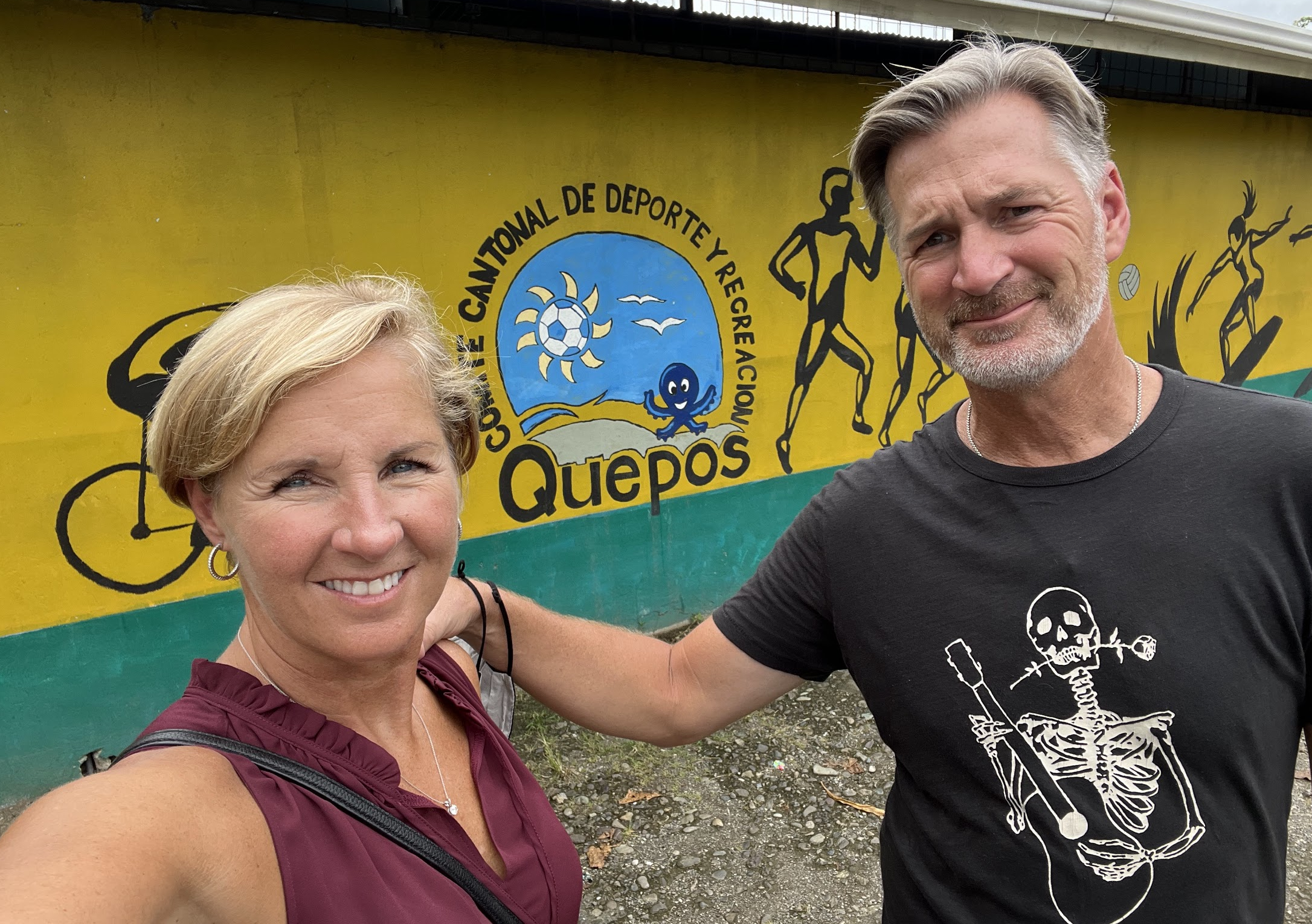Jan 18, 2022
Building Community Around Durable Pillars of Engagement
I am a wanderer. I confess. But, as the proverbial saying goes, “not all who wander are lost.” I tend to be looking for something when I wander. And, sometimes, what I find surprises me.
I had an opportunity to get away during the holidays to Costa Rica. My wife and adult children made our way to Quepos, Costa Rica, a small, beachside town on the Southwestern region of the nation. It was a second visit to Costa Rica and, on this return visit, we lived more among locals, unlike our first visit where we stayed in a tourist-centered hotel. No, this time we rented a neighborhood home and engaged more in the life of the community, from eating, hiking, and shopping.
A little background on Costa Rica from beyond the tourism standpoint. It is about 5 million people and largely rural, jungle and rainforests. It possesses a fairly limited transportation system, with two main commercial airports and a two-way highway system that is slow by North American standards. It is one of the lone democracies in Central America, with tough neighbors to the north and south (Nicaragua and Columbia), and does not possess a government military. “Pure Vida”, or pure life, is real sentiment in CR, where people are generally peaceful and connected to each other.
Among the items that really caught my attention is how each small community is built around long-standing pillars of engagement. In Quepos, a surf and fishing town of only about 20,000 people, the city was organized and planned around what we would consider a town square. Key physical elements of the town square were the elementary school (with tons of outdoor spaces), the recreation center, the soccer pitch (of course), and the Catholic church. Costa Rica is a heavily Catholic nation.
As we drove through the region, from several hours to the north and well to the south, nearly to the Panama border, every ten or fifteen kilometers or so, you could see the same schematic used in small towns for community planning. Small businesses and restaurants popped up around each of these areas, but always on the fringe. These were the areas were where people congregated, communed, and engaged with each other. Town planners consistently seemed to understand the need for human connection that drives community building for the common good.
It was an endearing reminder that physical human engagement drives community building. It was also an important reminder of the intentionality around community building in Central America. These small towns continue to build community – both literally and physically – around education, recreation, and faith. It seems to be serving them well.



